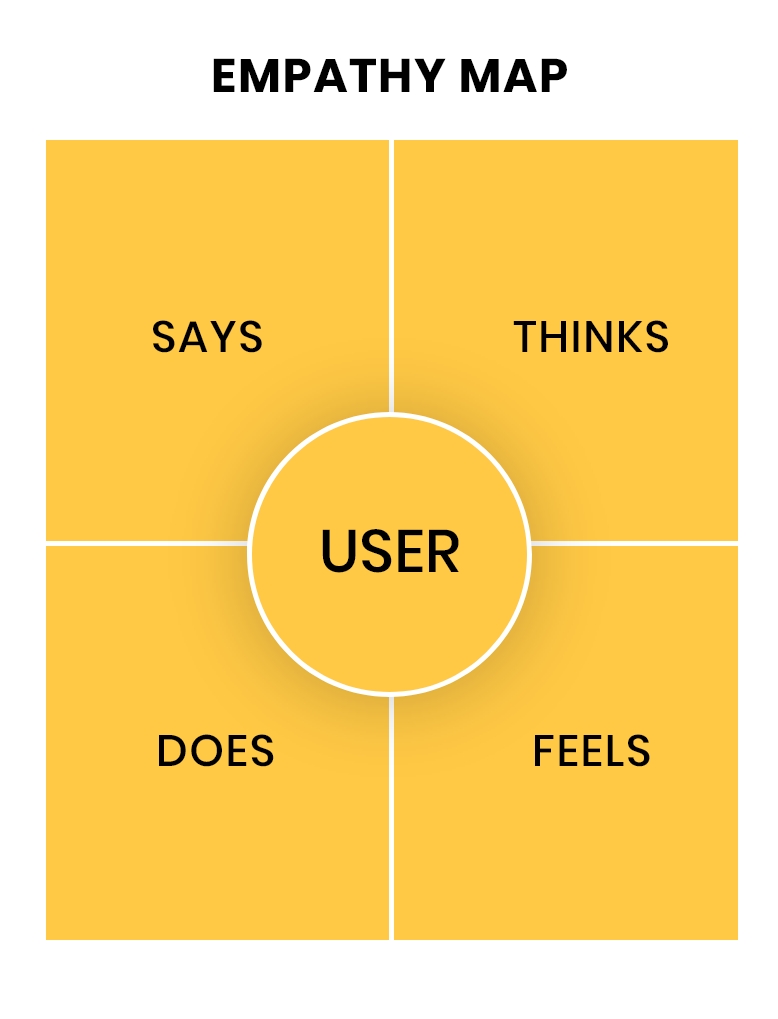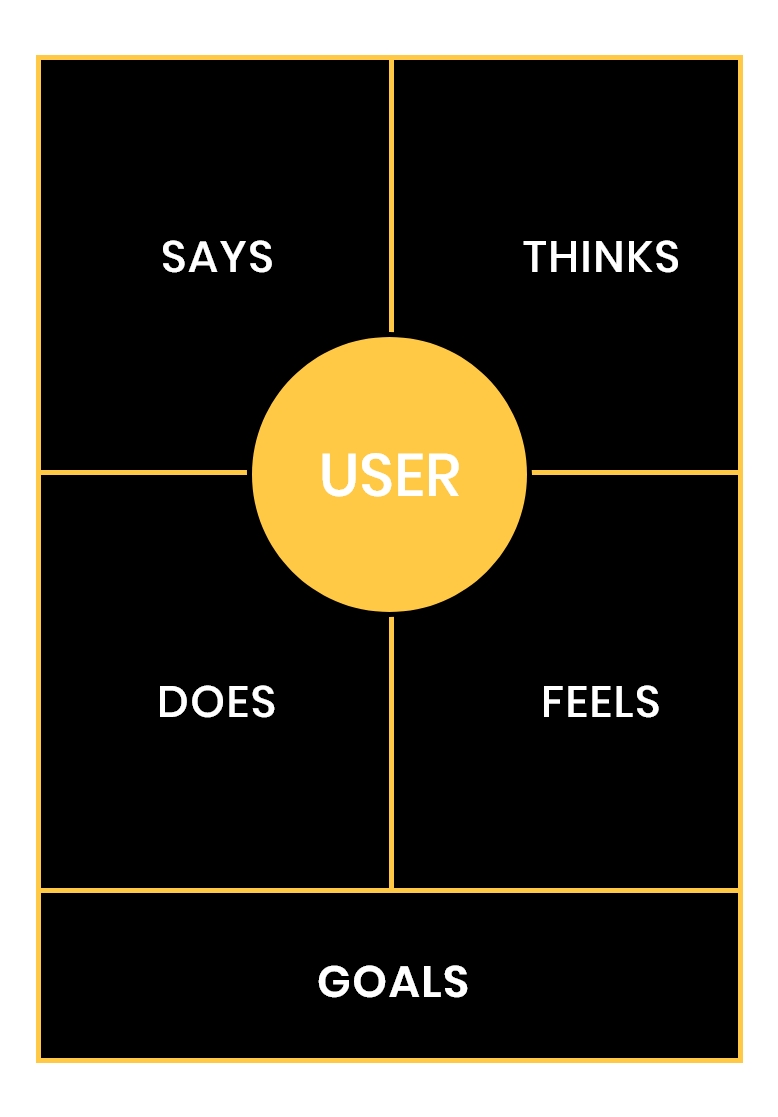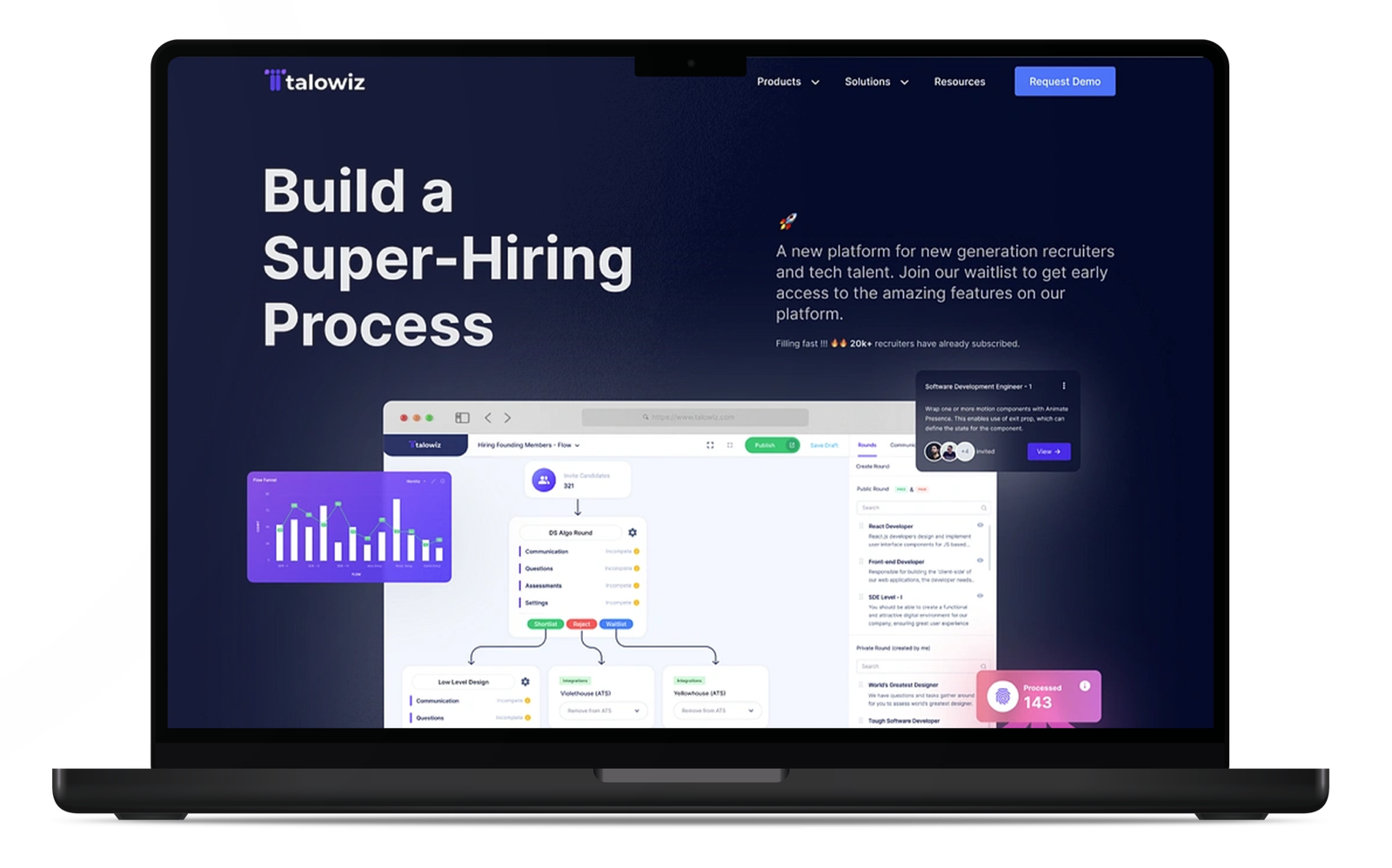There are many terminologies used in UI UX designs. It is vital to understand these words, such as empathy mapping in design. Designers use many factors in their projects. First, there is a need to analyze the word Empathy. It is a method to evaluate and know the feelings and situations of others. UX designers need this skill to identify what users think.
UI design agency analyzes all factors related to users. It is the primary step to evaluate how it solves issues of the target user group. There is a need to know what is empathy mapping and its process and importance.
What Is Empathy Mapping?
It is a natural technique for generating visuals by integrating all data and observation. This data is about the practices and approaches of the users from their perspective. It is a process of a profound awareness of user concerns with their sensitive features. Customer empathy mapping is a tool used to explain the views of the product team.
It helps teams to understand a comprehensive view of the “why” factor to know more user needs. They use empathic designs in their works. It helps to shift focus from the product to the use of these products. Designers take advantage of information about the user. It is easy to place this information on multiple charts to gain more views of user issues.
It describes a group of users as a segment, which is the same as a user persona. Dave Gray created the empathy map, which has achieved acceptance within the agile community. UI designers create these maps in starting the design process. It is practical to understand the emotional aspects of users. It helps to know many problems faced by users at the time of using products or services. UI designers facilitate the emotional uneasiness of the users. It is a process before creating statements and personas.
Schedule Your 30 Minutes FREE Consultation
Empathy Mapping In Design
There is a call to figure out the method of creating empathy maps. It is changing shapes and sizes. There are various UI design trends used in designs. We usually set up these maps using the primary method. There is a need to create four parts on the worksheet. The user is always in the center. It shows the user’s thought process or activities.
Every part tells us about user thoughts in chronological order. We divide these thought processes into says, thinks, does, and feels. It applies to creating inclusive interviews with users to know their opinions. Most of the time, this process is recorded.
1: Says
In this part, there are users’ words that what they say about products. They are audible to our ears for their needs, comments, and opinions. It has original quotes from users that are recorded in interviews or user testing sessions.
2: Thinks
In this part, there are users’ words that what they say about products. They are audible to our ears for their needs, comments, and opinions. It has original quotes from users that are recorded in interviews or user testing sessions.
3: Does
In this part, there is an engagement in the physical activity of the users. Experience design firms record actions to know the behaviors of users. Users perform various activities in multiple ways. They compare the prices of the same products or services & other users have a habit of refreshing pages many times.
4: Feels
It shows us different emotional states of users, such as happiness, passion, doubts, uncertainties, and others. People have emotional attachments to products or services. User’s response depends on how quickly they become confused or impatient. The research team of UX studio considers all stages and records according to their needs. They use the latest UI UX skill at this stage. It includes every aspect of what things make the user happy or confused. Every user has different reactions to the same product.

Benefits of Empathy Mapping
UX consulting firms employ empathy maps in every UX method. They help to create with team members so they easily recognize user needs with priority. These user-centered maps are used in the initial design process. A company takes advantage of the creation of an empathy map and its output. The principal aim is to provide the best user experience.
User or Persona
The process of these maps extracts and classifies the data of the user into one place. Qualitative research, such as user interviews, research notes, and surveys, is also classified this way. It identifies gaps in data so that they analyze research to them. These maps quickly tell about the research that expects to be covered up. It helps to set up personas by adjusting and arranging these empathy maps. It includes multiple users.
Interactions With Users or Personas
It is an efficient, absorbable way to represent user attitudes and behaviors. These maps work perfectly in a project to secure it from preference theories. It keeps empathy maps ‘ready’ by reviewing and adjusting in various fields.
Direct Collection Of Data
Users directly filled the empathy maps. It suggests a starting point for a summary of the user’s discussion. This data helps to get original views that help to understand all stages.
Primary Objective
It is significant to know the goal of empathy maps. There is a necessity to present all engaged persons at the time of mapping. It is time to check interview questions so that easy to map user interviews. The aim of an empathy map works to create these maps quickly. It is primitive to have sticky notes, a big whiteboard, markers with the entire team. The process of this becomes easy to share all data. These are the benefits of these maps.

Tips To Design Empathy Mapping
It is crucial to set up empathy maps in UI UX designs. There is a need to enter many details such as an event, aims, type of user, or personas on maps. It starts with 1:1; it means one user or persona per map. You have multiple users or personas. There is a necessity to create different empathy maps for each persona or user.
There is a call to know the purpose of these maps. It is necessary to check all facts so that they quickly form. We create empathy maps to provide the best user experience. Let us go through these tips to design these maps.
Analysis
We identify that research plays an influential role in customer empathy mapping. We relate it to collecting all data to complete this process. This is a qualitative approach, so it includes many details. It has field studies, diary analysis, user interviews, qualitative studies, or getting sessions.
Form Sticky Notes
Collecting data is complete with the latest research outcomes. It is time to map with the team. At this stage, it is necessary to read all data that is raised from research. They can use sticky notes to follow each phase. Team members also add their views to the map on the whiteboard.
Focus on Group Work
It is a significant step to move collectively from sticky notes to whiteboards. They use the same observations that relate to the identical part. In this step, it is necessary to name batches with themes that highlight distinct groups. It is essential to replicate themes in each term according to need. The activity of learning encourages analysis and change. The primary intention is to share the views of users with all team members.
It becomes an easy-to-understand user’s mindset. We group empathy maps so they are specifically utter and associated with the team. It is necessary to check multiple findings or whether all data points meet in any cluster. Which themes are repeated in these parts? UI designers also check which themes only repeat in one quadrant. It is crucial to know gaps occur in our understanding?
Experience
UI UX design studio uses its UX skills to create customer empathy maps. They have an experienced UX designer in your team that helps in conducting the session. Experts ask questions to users & motivate their team to share their views to get the best results. They analyze empathy maps to discuss multiple UI UX patterns.
It has the expert to ask about relevant topics. Most time, they do not ask leading questions of users. It occurs when any portion of questions is randomly involved in the moderator’s question. The user tells their views to a moderator. Mediators never express theirs explores in this session.
Final Layouts
Sometimes it is imperative to add more details or exceptional needs. It is easy to modify maps by appending new quadrants. There is a need to increase precision in existing quadrants. All these details depend on the purpose of empathy maps. These facts help in digitizing the final layout. It is necessary to include the user, specific questions, date, and version number. There is also a plan for more empathy maps when more data we collected through research.
We have customer empathy mapping, which is used to create compassion for our users. It helps to exclude preferences in our designs. It supports the team to receive an interpretation of the user. There are many ways to reveal flaws in our research. It opens user needs to analyze user behavior.
Understand Primary Objective
It is crucial to know the value of creating empathy maps. We organize these maps for analyzing users or figuring out a particular task. It means UX designers want to know specific user behavior, such as payment methods. There is a requirement to set up a task-based empathy map or an empathy map based on a single decision.
Research Strategy
We use original data for creating empathy maps. UI design firm collected all this data from diary studies, qualitative studies, user interviews. After collecting this data, every team member takes part in this process. It is significant to read all research thoroughly. When all members of the team analyze these data, they go with the mapping process. All necessary ideas come from knowing users. It is crucial to go with interviews to target the audience to recognize their pain points.
Team Work
There is the possibility of creating an empathy map individually. It is teamwork to design these maps with the user in mind. This method is a team practice that collects all information from users. Web design company in India includes designers, developers, marketers, managers in their discussions. It is helpful to introduce stakeholders into your sessions. There is the possibility of making stakeholders and teams at the same table. It is practical to create maps with user requirements and business objectives.
Sufficient Time
When we design empathy maps, it is imperative to plan adequate time for this method. There is a necessity to schedule enough time for this session. These sessions are from half-hour to one hour. It is imperative to have 15 to 25 minutes before this session. All elements such as sticky notes, markers, whiteboards need to be updated for creating maps. There is also a need for some more minutes to outline all studies.
It is essential to take their observations of particular products. These points help to create effective maps that engage more traffic. It is imperative to collect and manage data so that quickly shared with the team. It becomes clear when we comprehend what is empathy mapping. These tips help to create engaging maps.
Wrap Up
UIUX Studio is a world-renowned company. We have been providing services since 2009. Our experts follow the latest UX UI trends in their projects. The designing of empathy maps is crucial, so we follow all the latest trends. It helps us to know the views of users. It becomes easy to design user-friendly digital products. We have a team of professionals who quickly start work on any project. The team completes the project according to the client’s niche.
You can also discuss your projects with our experts to know their views. Quickly send your project details to sales@uiux.studio

